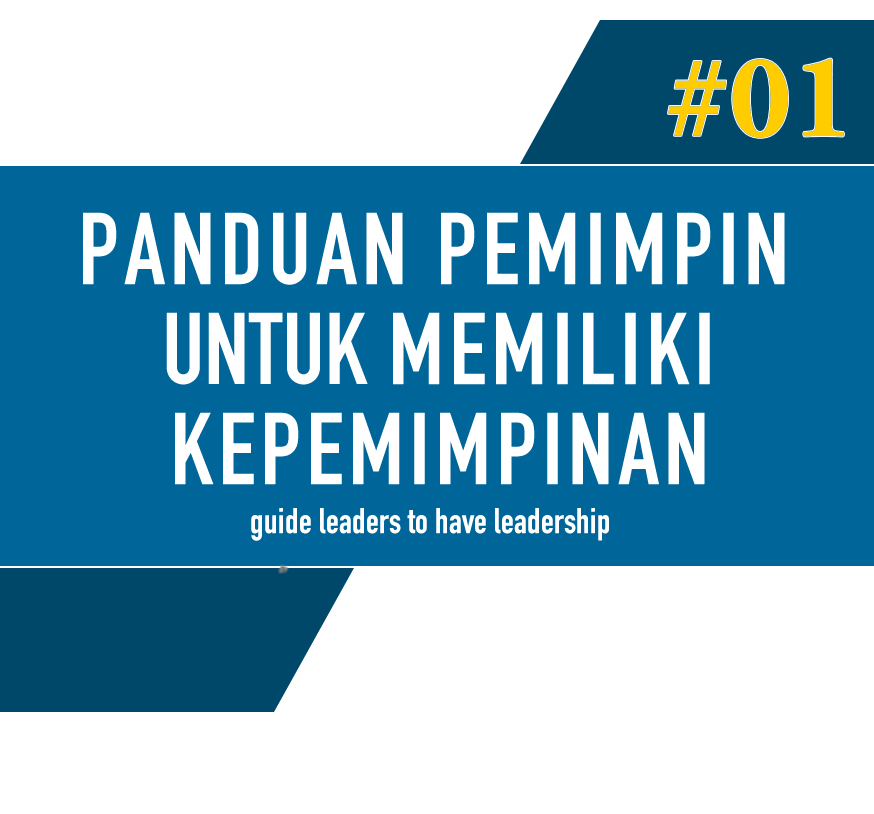Before You Plug Into Electricity, Plug Into Electrical Safety—The Checklist
Extension Cords
Extension cords can be very helpful in delivering power right where we need it. However, no matter what the gauge or rating of the cord is, the extension cord is designed as a temporary solution, not as long-term extension of your household’s electrical system. With continuous use, the extension cord can more rapidly deteriorate, creating a potentially dangerous electric shock or fire hazard. In addition to the same safety tips that apply to power cords, keep the following principles in mind when using extension cords.
- Extension cords should only be used on a temporary basis; they are not intended as permanent household wiring. Unplug and safely store extension cords after every use.
- A heavy reliance on extension cords is an indication that you have too few outlets to address your needs. Have additional outlets installed where you need them.
- Make sure extension cords are properly rated for their intended use, indoor or outdoor, and meet or exceed the power needs of the appliance or tool being plugged into it.
- Assume 125W per amp when calculating power (wattage) to determine if the extension cord you intend to use is properly rated for the appliance being connected to it.
- Replace No. 18 gauge cords with No. 16 gauge cords. Older extension cords using small (No. 18 gauge) wires will overheat at 15 amps or 20 amps.
- Change the cord to a higher rated one or unplug some appliances, if the rating on the cord is exceeded because of the power requirements of one or more appliances being used on the cord.
Tips : Overloaded extension cords can and do cause fires. - Use cords with polarized and/or three-prong plugs.
- Buy only cords approved by an independent testing laboratory, such as Underwriters Laboratories (UL), ETL-SEMKO (ETL) or Canadian Standards Association (CSA).

No comments:
Post a Comment